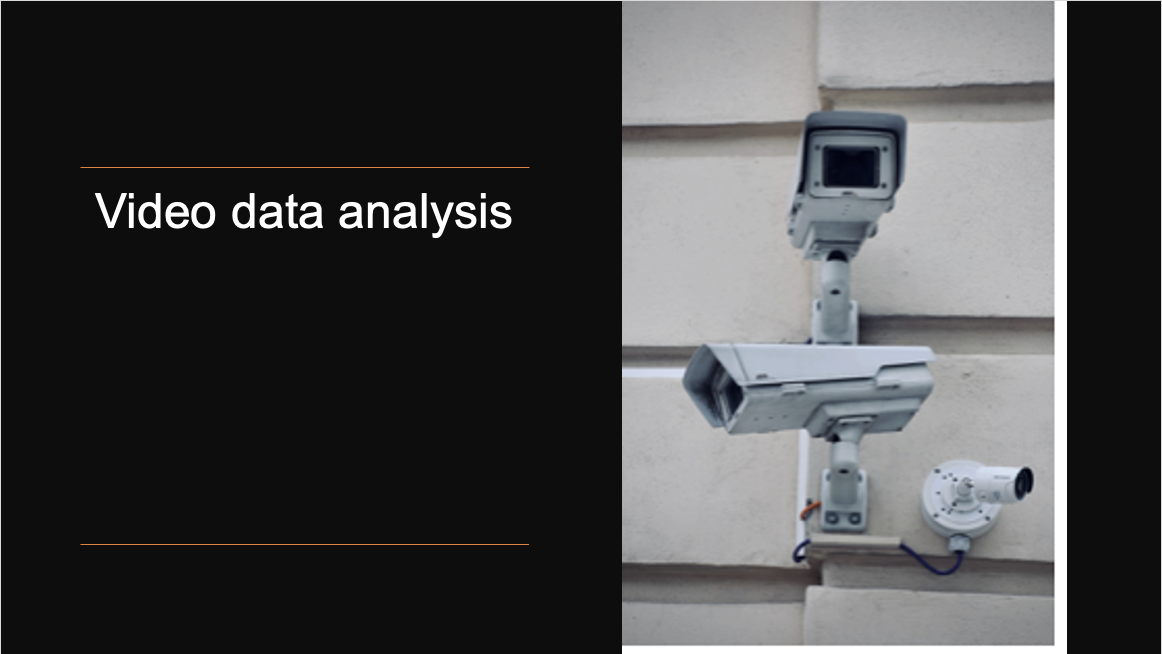Data science: “How to Leverage Unstructured Data for Data Science Projects”
Introduction
Data science is transforming industries such as healthcare, finance, and marketing etc using structured and unstructured data. Even though most data science projects involve structured data that is organised in tabular format and easily accessible, a significant portion of the data generated daily is unstructured, such as images, videos, texts, and others, making it difficult to extract valuable insights and knowledge.
In this write-up, we will look at how to use unstructured data in Data Science projects. We present the different forms of unstructured data, how to leverage Unstructured data in your business and the challenges of working with unstructured data. We have also presented practical examples in each case.
Table of content.
Forms of unstructured data
How to leverage structured data for your business
Challenges of working with unstructured data.
Forms of Unstructured Data
Unstructured data can take many forms, the most common ones are:
1. Text data: This is data in the form of words, such as emails, reports, and customer feedback.
2. Audio data: Audio data is data that takes the form of sound, such as speech, music, or other sounds.
3. Video data: Video data is data in the form of moving images, such as recorded videos, live streams, and others.
4. Image data: Image data is data in the form of static images, such as photographs, graphics, and so on.
5. Sensor data: Sensor data consists of data generated by sensors, such as temperature, humidity, and other environmental information.
How to leverage structured data for your business
1. Text data
Text data is one of the most frequent types of unstructured data and obtaining meaningful insights and knowledge from it necessitates the use of specific methodologies. Some strategies and procedures for working with text data are as follows:
a. Text Preprocessing: Text Preprocessing entails cleaning and changing raw text data into a format appropriate for analysis, such as deleting stop words and stemming.
b. Text Mining: Text Mining is examining text data to extract important insights and knowledge, such as sentiment analysis, topic modelling, and others.
c. Text Visualisation: Text Visualization entails visualising text data in order to make it easier to grasp and interpret, such as word clouds, network graphs, and others.
Practical example
Sentiment Analysis of Customer Feedback
Sentiment analysis of client feedback is a real-world example of utilising text data for a Data Science project. Sentiment analysis is the technique of determining whether a piece of text has a positive, negative, or neutral sentiment.
The following procedures can be done to perform sentiment analysis on customer feedback:
Collect customer feedback data from a variety of sources, like surveys, social media, and so on.
Clean and preprocess the raw text data, such as deleting stop words and stemming.
Train a machine learning model to classify each item of good, negative, or neutral customer feedback.
To classify the sentiment of each item of feedback, apply the trained model to the preprocessed customer feedback data.
Visualize the sentiment analysis results, such as a bar graph depicting the distribution of positive, negative, and neutral feedback.
Organizations can obtain significant insights into customer thoughts and preferences by employing sentiment analysis, allowing them to improve their products and services and increase customer happiness.
2. Audio Data
Another common type of unstructured data is audio data, which requires specific procedures to extract important insights and knowledge. The followings are some strategies and techniques for working with audio data:
a. Audio preprocessing: This entails cleaning and changing raw audio data into a format appropriate for analysis, such as noise reduction and spectral analysis.
b. Audio mining: This involves processing audio data to extract important insights and knowledge, such as voice recognition, speaker identification, and others.
c. Audio visualisation: This involves displaying audio data to make it easier to understand and interpret, such as spectrograms and waveforms.
Example
Speech Recognition for Call Center Operations
Speech recognition for call centre operations is a real-world example of utilising audio data for a Data Science project. The technique of translating spoken words into writing is known as speech recognition.
The following methods can be followed to accomplish voice recognition for call centre operations:
Gather audio data from call centre operations, such as recorded and live calls.
The raw audio data should be cleaned and preprocessed, including noise reduction and spectral analysis.
Create a machine learning model that can distinguish speech in audio data.
To transcribe the voice into text, apply the trained model to the preprocessed audio data.
Visualize the voice recognition findings, such as a bar graph depicting the distribution of words and phrases used in the calls.
Organizations can acquire useful insights into call centre operations, such as customer interactions and support, by employing voice recognition, allowing them to optimise call centre operations and increase customer satisfaction.
3. Video data
Another common sort of unstructured data is video data, which requires specific techniques to extract substantial insights and knowledge. Here are some concepts and strategies for working with video data:
1. Video preprocessing: This includes cleaning and translating raw video data into a format suited for analysis, such as frame extraction and object detection.
2. Video mining: This involves processing video data to extract important insights and knowledge, such as motion analysis and facial recognition.
3. Video visualisation: This involves visualising video data, such as still frames, heat maps, and others, to make it easier to grasp and interpret.
Example
Object Detection in Surveillance Videos
Object recognition in surveillance footage is a real-world example of exploiting video data for a Data Science project. The process of finding and locating things in a video is known as object detection.
The following steps can be taken to detect objects in surveillance videos:
Video data from surveillance cameras should be collected.
The raw video data should be cleaned and preprocessed, including frame extraction and object detection.
Train a machine learning model to detect objects such as people, vehicles, and others in video data.
To detect and locate objects in videos, apply the trained model to preprocessed video data.
Visualize the object detection results, such as a heat map showing the density of objects in each area or a video showing the location of detected objects in real time.
Organizations can gain valuable insights into the movement and behaviour of people and objects in each area by leveraging object detection in surveillance videos, allowing them to improve their security operations and prevent potential incidents.
Challenges in Working with Unstructured Data
Working with unstructured data presents several challenges, including:
Volume: Unstructured data is generated in massive quantities, making it difficult to manage and store.
Variety: Unstructured data comes in a variety of formats, making it difficult to process and analyse.
Velocity: Unstructured data is generated at a high rate, making it difficult to process and analyse in real-time.
Veracity: Unstructured data is frequently noisy and unreliable, making it difficult to extract valuable insights and knowledge.
Complexity: Because unstructured data is frequently complex, extracting meaningful patterns and relationships can be difficult.
Conclusion
Unstructured data is an important source of information and knowledge that can be used in Data Science projects. Organizations can extract valuable insights and knowledge from unstructured data by using specific techniques such as text analysis, audio analysis, and video analysis. This allows them to improve their products, services, operations, and decision-making processes.
In today's data-driven world, organisations that want to stay competitive and gain competitive advantage must leverage unstructured data. Organizations can unlock new insights and opportunities by incorporating unstructured data into their Data Science projects, as well as make data-driven decisions that drive growth and success.



